The Qantas Boeing 747: looking back on a half-century of flying
As Qantas prepares to retire the Boeing 747 this year, we reflect on the aircraft that redefined travel in the modern era.
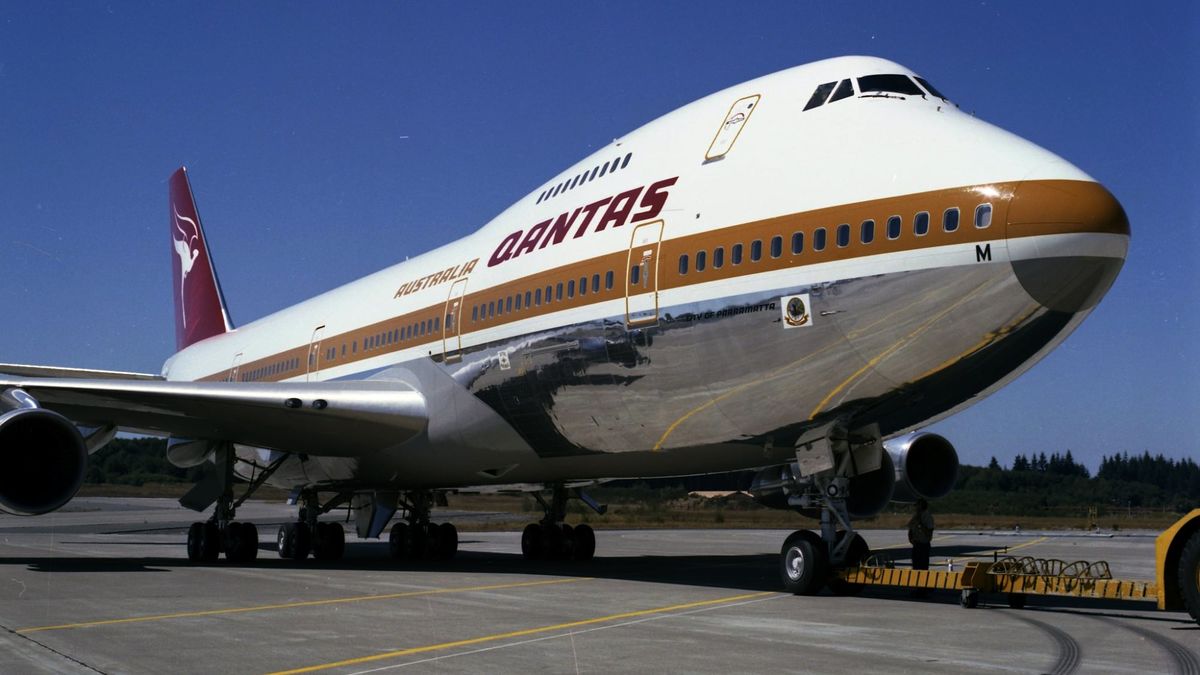
Few aircraft spark affection like the majestic Boeing 747. Few aircraft, for that matter, warrant a name like The Queen of the Skies, or could wear it so well.
But the iconic jumbo is no ordinary jet. Ask anyone who's flown on the Qantas Boeing 747 across the past 50 years – rattles, creaks and old-style seats aside – when the last of the red-tailed jumbos is retired by the end of this year.
It's a milestone built upon five decades of memories as successive models of the Boeing 747 helped Qantas connect countries, continents and people in ways never possible before.
Sadly, Qantas' retirement party for the Boeing 747 has been spoiled by the coronavirus pandemic, with the last few jumbos grounded – along with almost every other jet in the airline's international fleet, bar some Boeing 787s making special repatriation flights to bring home Australians stranded overseas.
Will the jumbo get the send-off she deserves, or has she already made her last flight with little fanfare and no farewell?
That remain to be seen. But for now, let's wind the clock back to the beginning of the jumbo’s journey with Qantas, and the 50 years that followed.
The 1960s: the jumbo first takes flight
Qantas was already a spry 60 years old when the Boeing 747 moved onto its radar.
The airline had already entered the jet age with a fleet of Boeing 707s alongside six de Havilland Comets on lease from British Overseas Airways Corporation (BOAC, now known as British Airways).
Back then, the future of flight seemed to be all about speed, so Qantas hedged its bets on two supersonic jets: the Boeing 2707, also known as the Boeing SST (SuperSonic Transport), and the Concorde.
The Boeing 747 was seen as merely a short-term solution: a four-engined passenger jet which, when eventually superseded by supersonic aircraft, would be easily converted into a 'supercargo' jet packed with freight containers from tip to tail.
In 1967, a year before the first 747 rolled out of Boeing's Everett assembly building, Qantas agreed to purchase four Boeing 747 aircraft at a cost of $123 million. It was, at the time, the airline's largest-ever order by value.
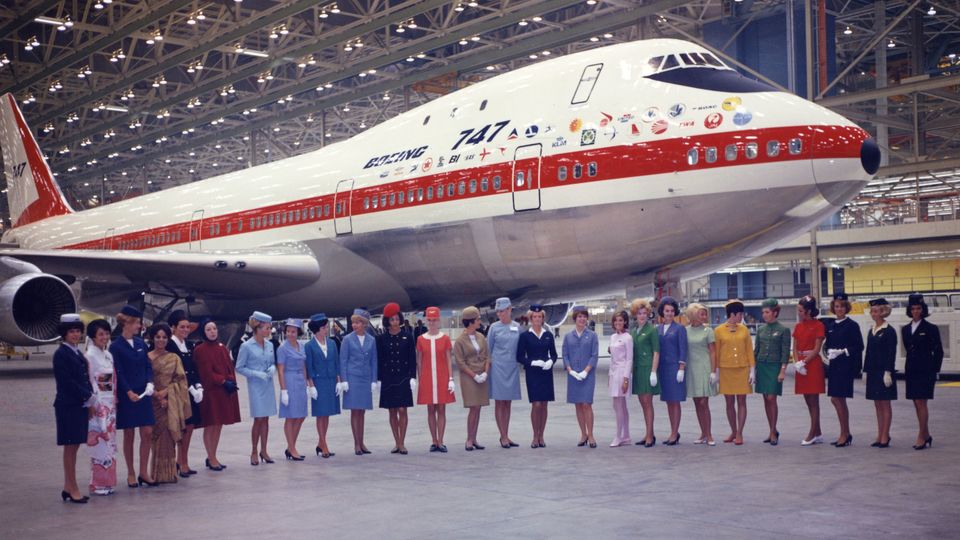
The first jumbo took wing in February 1969, making its inaugural test flight just months before the Apollo 11 moon landing, when exploration was at the forefront of many people’s minds.
However, Qantas’ order wasn’t for the original jumbo – the Boeing 747-100, as began flying commercially for Pan Am in 1970 – but for the larger and longer-range Boeing 747-200, which entered Qantas’ fleet in 1971.
Also read: The arrival of Qantas' first Boeing 747 jumbo jet
The 1970s: the jumbo lands with Qantas
The new decade began with the first Qantas double-decker aircraft. The jumbos brought with them sizeable economy class cabins which helped democratise international air travel, trading the then-typical comfort of first class in exchange for lower and more accessible ticket prices.
At the same time, the jumbo took first class flying to another level. In the early days its upper deck was home not only to the cockpit but to the Captain Cook lounge, where first class passengers could mingle, dine, relax, drink, and even smoke.
While out-of-bounds during take-off and landing, the lounge accommodated 15 passengers during flight.
The lurid colours and patterns were on-trend for the early 1970s, as was the nautical theme of lanterns and globes, a ship's wheel and faux wood dividers (1970 marked the 200th anniversary of the arrival of Captain James Cook, who claimed Australian for the English empire, so the Captain Cook lounge drew on his name as well as his Naval heritage).
On the dining front, passengers could share the experience with a fellow traveller by spinning the seats to face the tables, or enjoy a beverage while chatting with the bartender.
Comfort en route wasn’t only for first class passengers, however: economy travellers still had ample legroom in comfortable padded seats, where ashtrays were again built into the armrests (the ban on inflight smoking was still some 25 years away).
Fast-forward to 1974 and for a time, the jumbo became less about luxury than capacity. When Cyclone Tracy ravaged Darwin, a Qantas Boeing 747 was flown in to help evacuate people from the city.
The airline managed to squeeze aboard a record 674 passengers plus 23 crew members, for an all-out count of 697 people.
In the same decade, the international oil crisis prompted airlines the world over to begin using space on board more efficiently – fitting extra passengers onto existing aircraft, meaning more jetsetters could be carried from fewer flights – which saw the Captain Cook lounges progressively disappear, being replaced by conventional seating.
The birth of 'business class'
Airlines also responded by creating a new level of service between luxe first class and the entry-level economy class experience, which is today known as business class.
Qantas has long said it was the first airline to “invent business class” – reinforcing that claim once again in its current centenary safety video – and while it’s true that a cabin branded “business class” debuted on a Qantas Boeing 747 in 1979, Qantas created neither the term, nor the concept.
One year prior, Pan American launched “Clipper Class”: a separate on board cabin designed for business travellers whose budgets didn’t stretch to first class, and for those booked onto the most expensive fares sold under the economy banner.
As such, Clipper Class was for passengers paying more than a typical economy traveller, but less than a first class flyer – being business class by another name.
However, Qantas business class offered more space on board, and was more of a 'complete package', better-resembling the business class we know today.
By the end of the decade, Qantas had retired all of its Boeing 707s, making it the world’s only airline with an all-Boeing 747 fleet.
Of course, in those years, Qantas focused its efforts on international flying, while domestic travel fell to carriers like Trans-Australia Airlines, known more commonly as TAA.
The 1980s: welcome, newer jumbos
Building on its existing Boeing 747-200 fleet, Qantas introduced a new type of jumbo in 1981: the Boeing 747 Special Performance, also known as the Boeing 747SP.
Nicknamed 'Stumpy', the 747SP was smaller than Qantas’ existing 747s – over 14 metres shorter, in fact – and carried around 90 fewer passengers in a typical configuration. They were primarily used on flights between Australia and Wellington, before also being deployed between Sydney and Los Angeles.
Just three years later, the newer-again Boeing 747-300 joined the Qantas fleet, bringing with it an extended upper deck.
Qantas remained an all-747 airline until 1985 when its first Boeing 767 took flight, but before the decade was out, Qantas added yet another type of Boeing 747 to its fleet: the Boeing 747-400.
And for Qantas, the Boeing 747-400 was a game-changer: In 1989, Qantas’ first Boeing 747-400 set a world record for the longest-ever non-stop flight as part of its delivery journey from the Boeing factory in Everett (USA), which saw it rerouted via the UK.
Flying non-stop from London’s Heathrow Airport to Sydney in 20 hours, nine minutes and five seconds, the 747-400 series would be dubbed Longreach: referencing not only its extraordinary flying range, but honouring the Queensland town which was one of Qantas' early bases and is today host to the Qantas Founders Museum.
Qantas continued taking deliveries of Boeing 747s throughout the 1990s, painting two of its jumbos in Australian aboriginal liveries in 1993: the sea-themed Nalanji Dreaming on a 747-300, and the more earthy tones of the Wunala Dreaming Boeing 747-400.
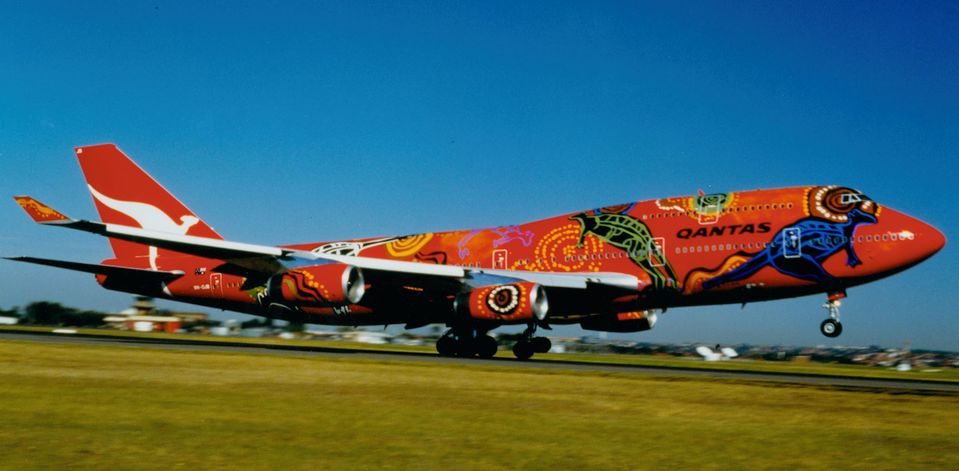
The 1990s closed with Qantas becoming a founding member of the global Oneworld airline alliance to bolster its Qantas’ already-strong international network built on the Boeing 747, which by then saw the airline return New York to its network after a 26-year absence, courtesy of the Sydney-Los Angeles Boeing 747 continuing through to New York.
The 2000s: time for an upgrade
The new century marked a fresh chapter for the Boeing 747, with those remaining in the Qantas fleet gaining a makeover for business, leisure and luxury travellers.
Economy class passengers were finally treated to personal seatback video monitors – replacing overhead communal screens – while those flying business and first class saw larger at-seat TVs fitted. The installation of power points for laptop use also began in the business class and first class cabins.
Come 2001, Qantas was looking to improve things further – not just with a new fit-out, but a new plane entirely that would keep it flying into the 21st century.
Enter, the double-decker Airbus A380 superjumbo, of which Qantas ordered 20, and ultimately took delivery of 12.
This aircraft type wouldn’t enter any commercial service until 2007 (with rival Singapore Airlines) – and wouldn't fly for Qantas until the next decade – so it needed something to fill the gap, and help boost the performance of its long-range flights.
That’s where the Boeing 747-400ER came into play, which Qantas added to its fleet in 2002. Qantas was the only airline to ever order this type of 747, which it worked closely on with Boeing as a joint project.
The ‘ER’ in the model name stands for Extended Range, meaning it can fly further at a full passenger load, as the airline eyed longer-distance flights well before the days of its ambitious Project Sunrise plans.
In fact, while Qantas had been flying non-stop between Melbourne and Los Angeles since 1999, this new type of jumbo finally allowed that route to operate with a full load of passengers and cargo, removing the need to keep some seats empty or to carry less weight in the hold.
The following year saw Qantas embark on a broader upgrade of its existing international Boeing 747 fleet, introducing an all-new business class experience which it branded as the Skybed.
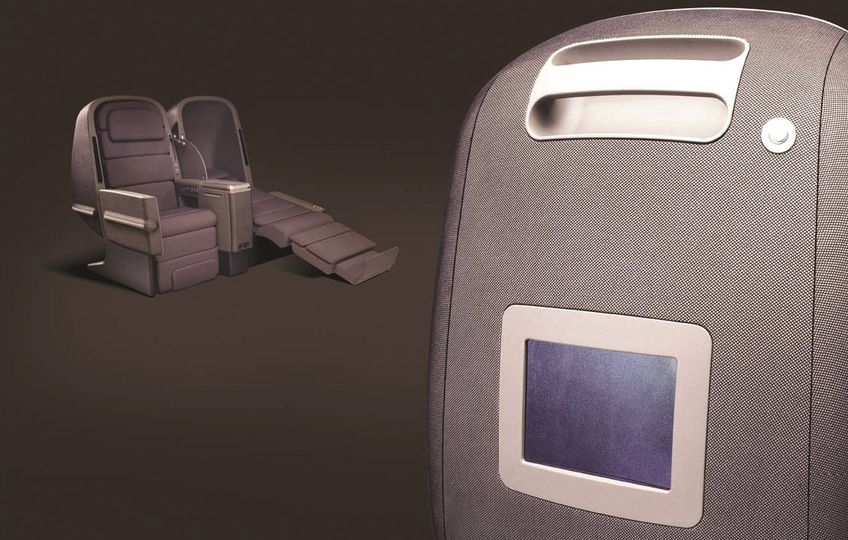
Before his days at the helm of rival Virgin Australia, John Borghetti was then Qantas Executive General Manager Sales and Marketing, and described the Skybed as “a departure from the traditional airline seat.”
“Skybed offers a sleek, contemporary design and a range of innovative features that provide maximum comfort, convenience and flexibility for customers,” Borghetti boasted.
While not quite a fully-flat bed – which, by then, was the domain of first class – the Skybed served as both an upright seat and an angled bed in the sky, stretching just shy of 200cm at a slight eight-degree tilt, with features such as an in-seat massager and access to inflight SMS.
This was followed in 2008 by the second-generation Skybed II in 2008, coinciding with the delivery of Qantas' first Airbus A380.
Improving upon the original design, this version improved passenger privacy, included the ability to go fully-flat as opposed to angled-flat, and moved the TV screen from the seatback to a moveable arm: unlocking additional storage where the TV used to live.
The 2010s: a battle for passenger comfort
As passengers’ appetite for beds in business class continued to grow – particularly among those who’d travelled aboard Qantas’ newer Airbus A380s – the airline locked down a $250 million cabin refurbishment program in 2011 for what were then nine remaining Boeing 747s.
“Since Qantas introduced the A380 in October 2008, there has been unprecedented demand for seats on these aircraft,” said Qantas CEO Alan Joyce, who became the chief executive only a month after Qantas took its first A380.
“This refurbishment program will give more passengers the opportunity to fly to more destinations with a premium flying experience,” he explained at the time.
Another feature which made an appearance as part of that revamp was an espresso coffee maker on board, which had proven similarly popular in business class on A380 flights.
In the same year, Qantas also put its Extended Range Boeing 747s to further use, launching a new non-stop service from Sydney to Dallas/Fort Worth, a key hub of its Oneworld alliance partner American Airlines.
However, that journey only took place on the outbound leg, with the return service operating from Dallas to Sydney via Brisbane due to strong headwinds across the Pacific Ocean.
From 2013, the Sydney-Dallas route also took on the title of the world’s longest non-stop commercial flight, after Singapore Airlines axed its direct, longer Singapore-New York flight.
The following year, the popular service was swapped from the Boeing 747 to the Airbus A380, which allowed the airline to jet non-stop between Sydney and Dallas in both directions.
But 2015 would mark the beginning of the end of the Qantas jumbos, with the first Boeing 747-400 to join its fleet being nudged into retirement: this the aircraft that set the record for the world’s longest flight from London non-stop to Sydney all those years ago.
The jet, VH-OJA, was donated to Australia’s Historical Aircraft Restoration Society (HARS) based in Illawarra – and just like its original delivery flight to Qantas, its delivery flight to HARS set another new record: not as the world’s longest flight, of course, but as the world’s shortest delivery flight.
After a journey of just 10 minutes, Qantas’ iconic jumbo reached its new, permanent home at HARS, where it now stands on display.
Read also: Qantas hands over first Boeing 747-400 to museum
By October 2019, Qantas had permanently parked all its remaining Boeing 747-400 passenger jets, leaving just the six Boeing 747-400ERs as were only ever built for Qantas: and even then, their days are numbered.
Qantas never ordered the next-gen jumbo for passenger flights – the Boeing 747-8, as flies for Air China, Korean Air, Lufthansa, and soon, as Air Force One – but did secure two of them for freight.
Flying under the umbrella of Atlas Air, these aircraft can often be seen flying into and out of Sydney: but of course, only parcels and packages are permitted to board.
2020: flying into an uncertain future
February 2020 saw Qantas whittle its Boeing 747-400ER passenger fleet down from six to five, retiring the first of the Extended Range jumbos to have joined its fleet after 17 years in service.
That aircraft's last commercial flight before retirement ran from Sydney to Los Angeles, which Qantas marketed as a ‘points plane’, unlocking every single seat across business class, premium economy and economy for booking using frequent flyer points.
More of those flights could have been on the cards as Qantas had planned to retire its remaining five jumbos by the end of 2020, but the evolving coronavirus situation has cast a cloud over those plans as international flying grinds to a halt and government travel restrictions effectively block any remaining demand.
While those jumbos have not been formally retired, their chance of returning to regular passenger service or even for a celebratory 'victory lap' visiting Australia's key domestic airports is diminished with each passing month that international flights stay grounded and travel restrictions remain in force.
Also read:
- End of the line for the Qantas Boeing 747?
- The fabulous bars, lounges and restaurants of the Boeing 747
- The iconic Boeing 747 jumbo jet turns 50: a history in pictures
- Photos: Boeing's groovy Tiger Lounge in the belly of the 747
- Microsoft co-founder turns two Boeing 747s into 'FrankenJumbo'
- Boeing 747-8 to become the new Air Force One
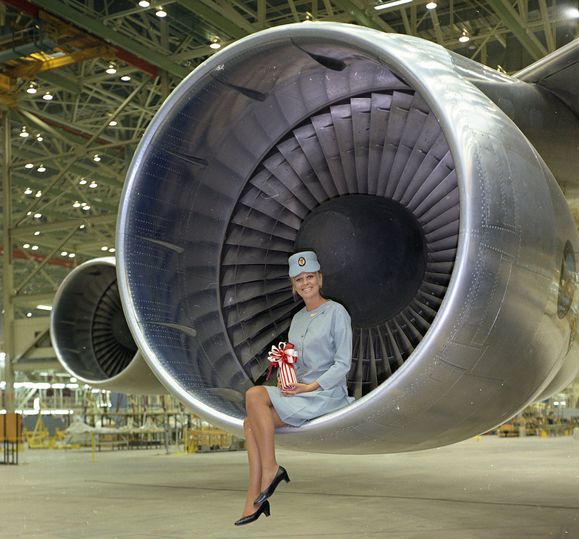
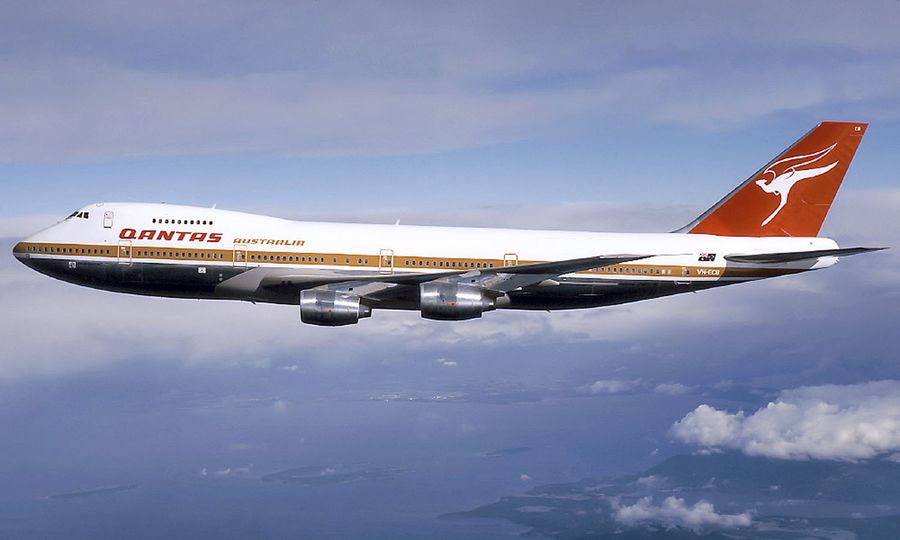
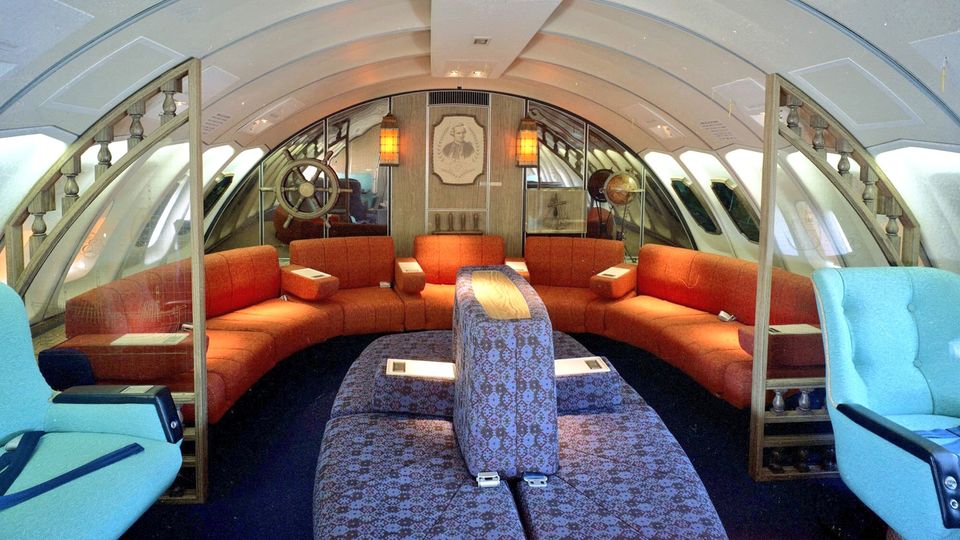
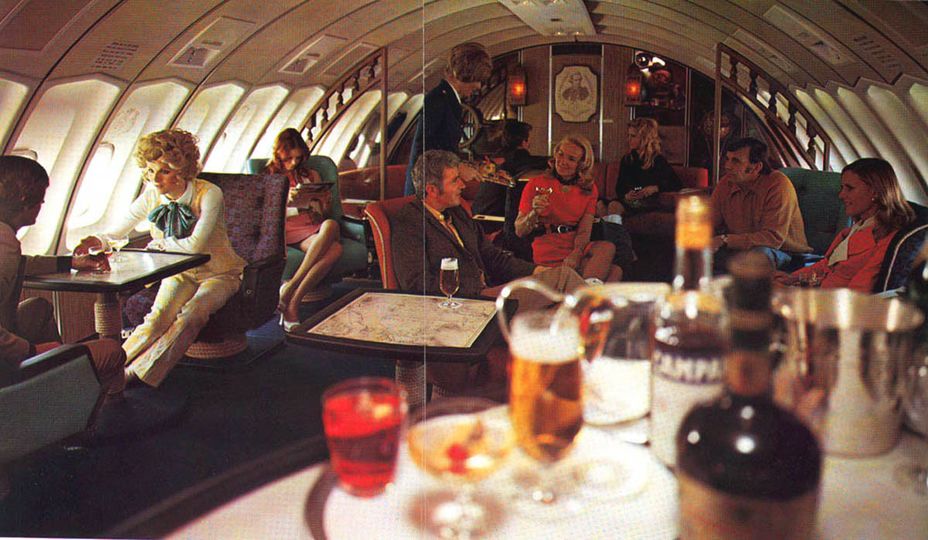
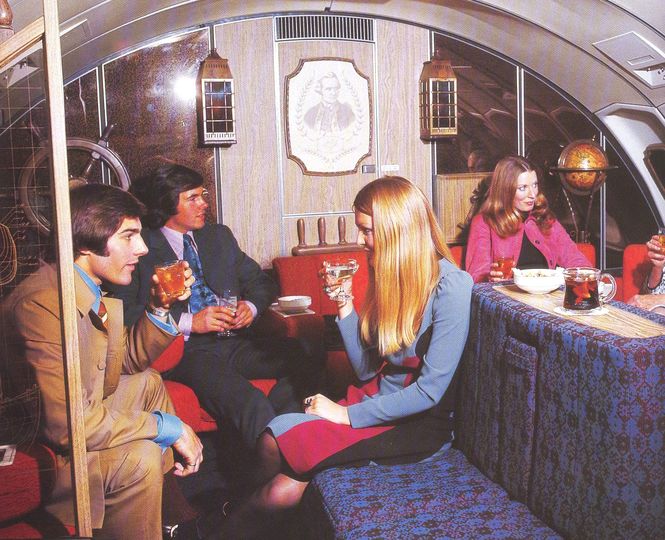
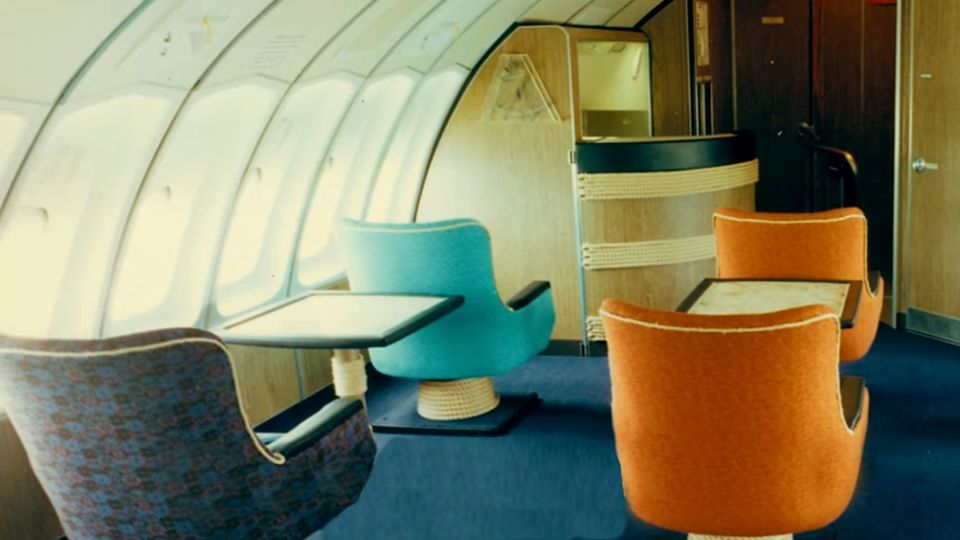
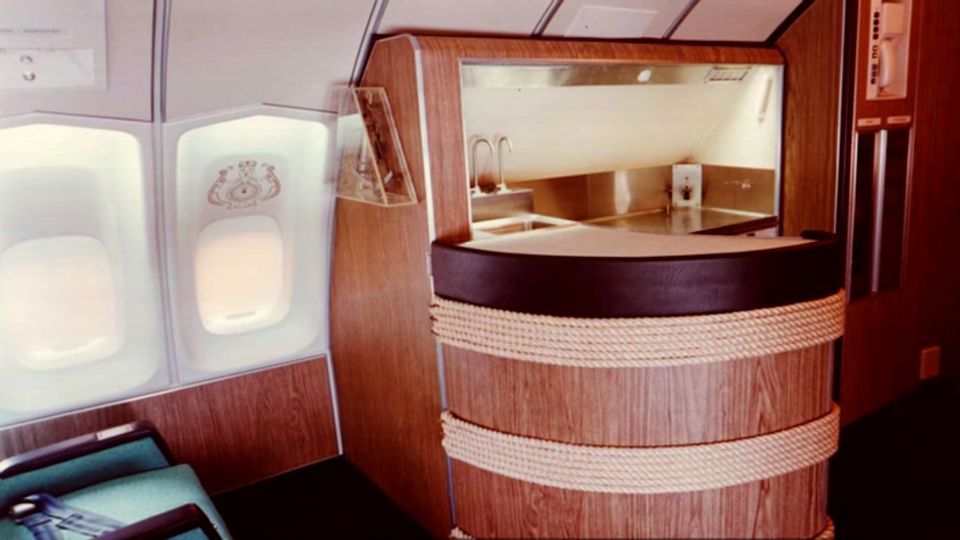
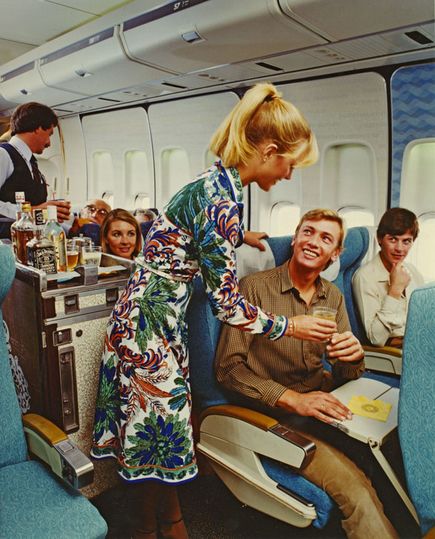
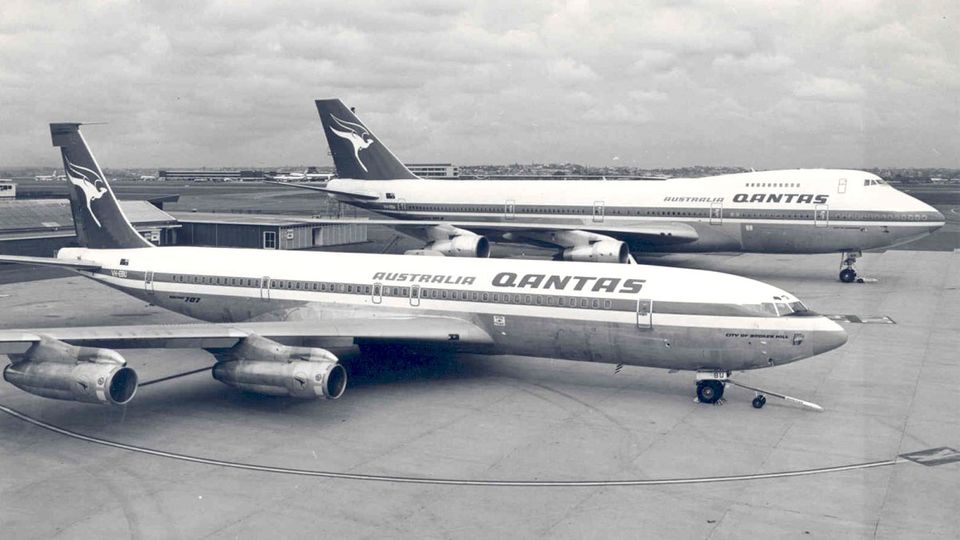
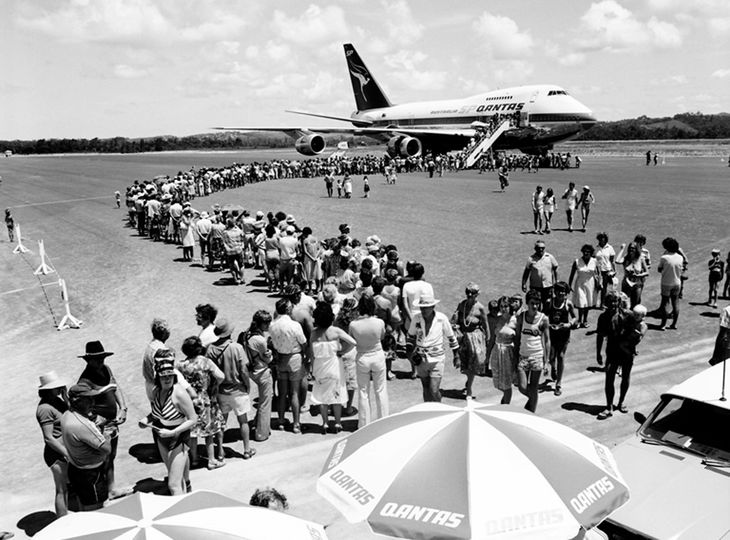
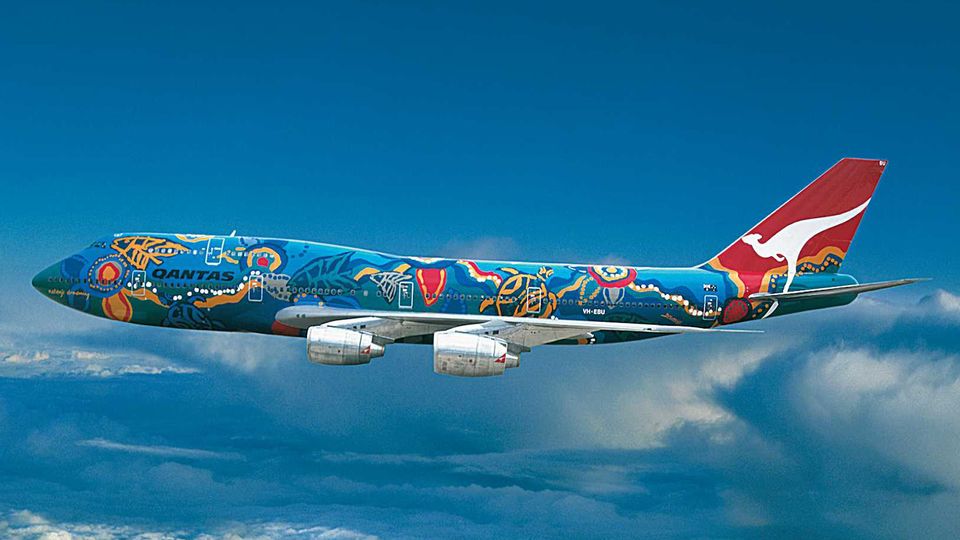
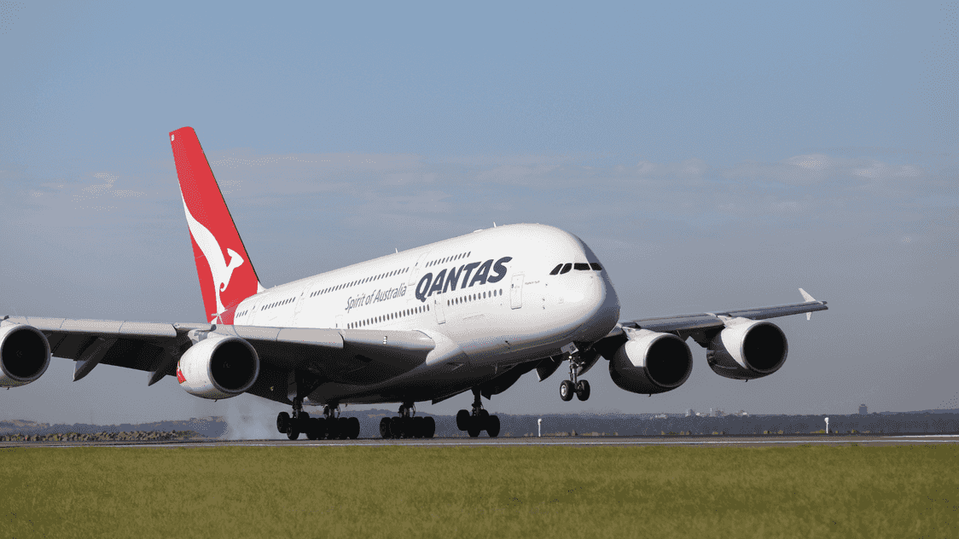
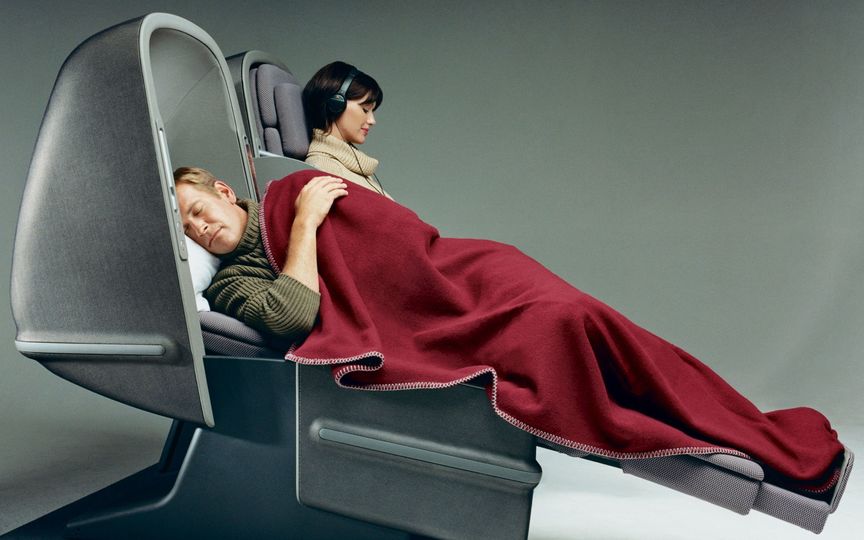
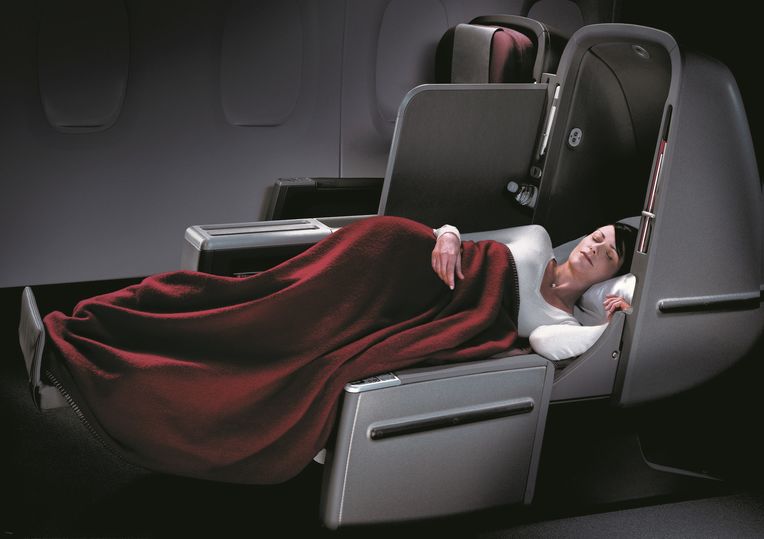
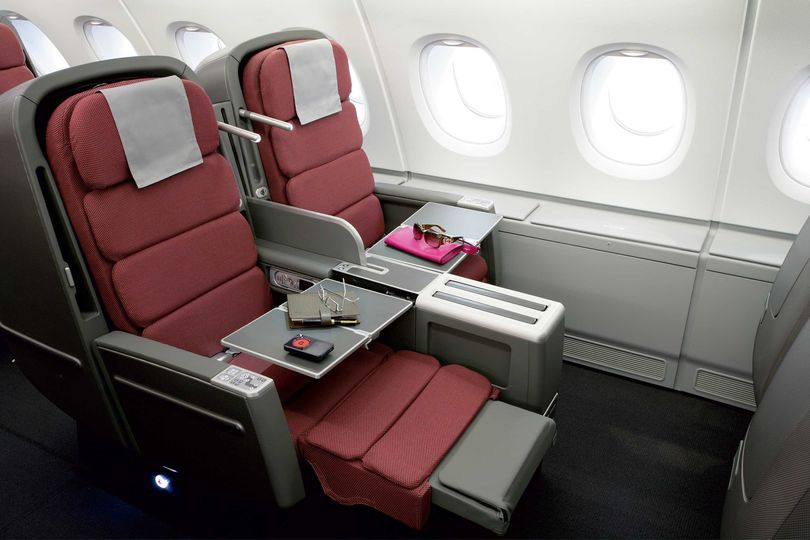
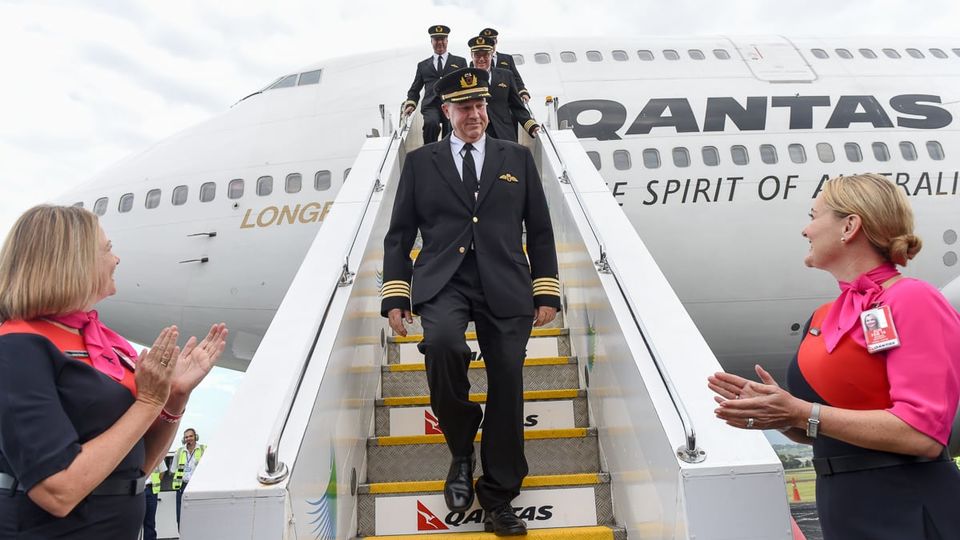
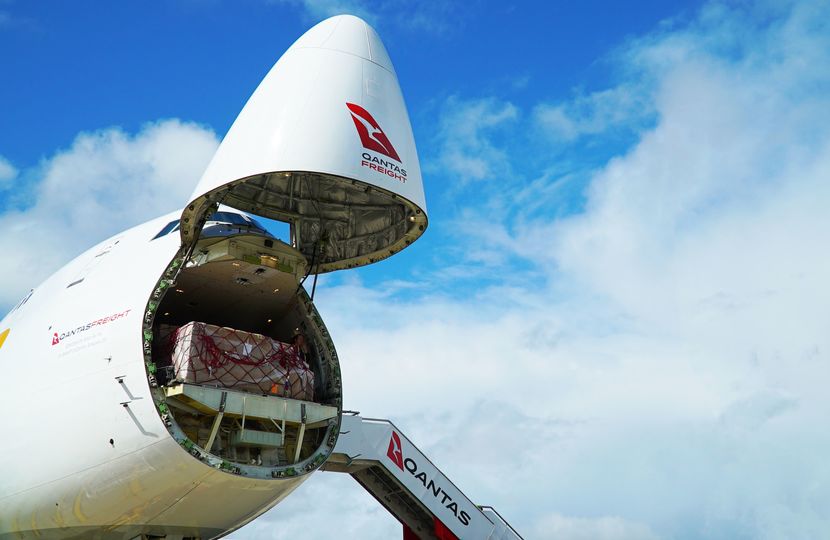
Virgin Australia - Velocity Rewards
10 Nov 2011
Total posts 131
The space in economy!!!! Sad to see the 747 dissapear. It's an amazing aircraft. If you have the opportunity to visit VH-OJA at HARS near Wollongong it's a great experience. It's amazing to come around the corner and suddenly see a 747 sitting there!
23 Jul 2017
Total posts 99
You can see VH-XBA formerly VH-EBA Boeing 707-138B, "City of Canberra" and its big sister, VH-EBQ Boeing 747-238B, "City of Bunbury" at the Qantas Founders' Outback Museum at Longreach. One day I'll go there and to Albion Park HARS to see VH-OJA, also named "City of Canberra".
23 Jul 2017
Total posts 99
I took the photo at Eagle Farm in January 1970 and recently placed it on an old Qantas ticket folder. The photo is grey from age and the quality of the Kodak Box Brownie lens. This plane was just a "Jumbo Jet" back then. People went out to see this special 'girl', and Qantas was doing its Show & Tell with its fancy new plane. Now Boeing's 747 (in any type) will always reign as "Queen of the Skies".
23 Jul 2017
Total posts 99
I took a photo at Eagle Farm in January 1970 and recently placed it on an old Qantas ticket folder. The photo is grey from age and the quality of the Kodak Box Brownie lens. This plane was just a "Jumbo Jet" back then. People went out to see this special 'girl', and Qantas was doing its Show & Tell with its fancy new plane. Now Boeing's 747 (in any type) will always reign as "Queen of the Skies".
Photos didn't copy.
25 Sep 2013
Total posts 1245
Nalanji Dreaming and Wunala Dreaming were two of the most gorgeous liveries to ever grace a B747.
06 Dec 2018
Total posts 11
Qantas, what a beaut airline. And the Qantas 747, an aircraft so linked to the success of Qantas. I have been on many of them. I was so happy the first 747-400 went to HARS. And my partner and I have been to see it. Did the most comprehensive tour. Best $400 I spent. I so hope Qantas put on a final hurrah like Singapore Airlines did for their last 747, 9V-SPQ. I was on that flight and the goody bag did not disappoint. Every seat booked. Four hours up and back to Hong Kong and the planned events were just the best. What a send off. I really hope Qantas can do something. I was fortunate to be on four of the last Qantas 747 domestic flights of late last year and early this year. Lastly, preservation of one of the Extended Range 747's would be nice.
23 Jul 2017
Total posts 99
So sad the last 747 from Brisbane to Los Angeles left with no grand official farewell. Staff at the airport were out with their cameras as were many of us passengers. No notification came over the loud speakers in the terminal, and it was only as she rolled down the tarmac that the captain mentioned this event as VH-OJT, "Fraser Island" so often used on that run signed off from Brisbane, and on her way to oblivion in Arizona. She and her sisters are greatly missed. A biscuit manufacturer used this statement which can also be applied to the Queens of the Sky - "There's no substitution for quality".
Qantas - Qantas Frequent Flyer - Chairmans Lounge
01 Sep 2011
Total posts 413
Didn't qantas have another 747 qantas it was the 747 Combi which wash halffreight and half passengers.
Qantas - Qantas Frequent Flyer
10 Jul 2016
Total posts 10
Yes, it certainly did. I think it was based on the 200 series back in the early 80's. They had 2 of them I believe, one of which was the City of Swan Hill.
Qantas - Qantas Frequent Flyer
27 Aug 2014
Total posts 40
Maybe 3 ? I think I went on VH-ECC so I assume there was an A and a B first.
I recall the Qantas 747-200M combi providing what I think was longest takeoff roll in my experience on a hot wet night in Singapore heading for Frankfurt via Bombay (QF5, May 1986). Must have been the freight down the back. The seats probably had permanent marks under the armrests from passengers helping the plane get off the ground.
Air New Zealand - Airpoints
06 Jul 2015
Total posts 15
As much as I enjoy the benefits of flying in the Next Generation of jets (350 & 787) there is still something special about boarding the 747 and even more so taking the steps upstairs. Truly the Queen of the Skies, and sad to see they more than likely won't get a good send off.
Qantas - Qantas Frequent Flyer
15 Jan 2018
Total posts 4
I flew on the Wunala Dreaming from Melbourne to Heathrow via Singapore as QF9 in 2004
Etihad - Etihad Guest
24 Apr 2013
Total posts 2
My first flight on QANTAS was on the B747SP from HRE to PER in 1984. Fond memories, even got an invite to the cockpit upstairs! This was before it became a triangle route in the early 1990s (PER-HRE-JNB-PER). HRE was eventually axed in favour of a return to JNB.
Qantas - Qantas Frequent Flyer
10 May 2014
Total posts 112
I recall myself and my two older sisters trying to sneak up to the Captain Cook lounge where our parents were and being shooed back downstairs to our F class seats, no children allowed up there!
Qantas - Qantas Frequent Flyer
28 May 2014
Total posts 11
I flew a 747-SP with Luxair from LUX to JNB non stop. The alternative of BA or SA both had stopvers, with BA in Nairobi, and SA in Cape Verde. SA did Cape Verde as in those days they could not get flying rights over most African countries. Their J class (I think this was 1990/91) was a seat like QF 737 Domestic, those old airpowered headsets, and an overhead screen at the front of the cabin, which being in row 1 meant I had a very bad viewing angle.
Qantas - Qantas Frequent Flyer
27 Aug 2014
Total posts 40
So, who can match the cabin crew in front of the inaugural 747 to the respective launch airline?
No prizes for the Qantas rep as you can see her in the pic with the engine.
20 Mar 2020
Total posts 2
Shame more news on the iconic Qantas 707 was't provided ins otherwise excellent article Correct my if a. Wrong but in 1963I travelled QF on a round the world flight with a yachting team. In. Ew YorkQantas manager asked me if I knew whyQantas labelled them V Jets with a large V on the tail.He said that the engineers at Qantas altered the wing shape slightly which gave e them a little extra speed in the air,How about that!
Hi Guest, join in the discussion on The Qantas Boeing 747: looking back on a half-century of flying